Growing up in The Bahamas, I have lived through a lot of hurricanes. They were a very banal part of my life until Hurricane Irene (2011). It was a Category 3 hurricane that hit The Bahamas right before I was about to go to my undergraduate university (Wesleyan University). It wasn’t anything unusual to me, but watching the news, I saw that my university’s state, Connecticut, was also in the hurricane’s path as it degraded to a Category 1. The sheer panic of the American people on the television confused me. Like all this over a category one? Was it not normal for hurricanes to travel that far up north?
I had already intended to study environmental science because I was obsessed with the after-school programs: Captain Planet and The Magic School Bus. But in 2012, when Hurricane Sandy formed, I saw a pattern that I wanted to explore. Maybe I didn’t know that much about hurricanes at all? So I dedicated my research to understand more about tropical cyclones and climate change from then on.
Every day for me is an adventure. Some days, I could be scuba diving to help clean coral nurseries, another I could be taking a course to get an RYA I boating license. Some days are really office heavy with lots of emails and proposals to write.
Because I am the first atmospheric scientist to join the CEI team, I have plenty of work to do. For my research, I focus on hurricane development and projections under worst-case climate scenarios by high-resolution global and regional models. I am also working on collaborative studies on tropical cyclones in The Caribbean, climate change perceptions in South Eleuthera, and a climate resilience model (Green Corridor) in Eleuthera. I am also a team member on the NOAA Atlantic Oceanographic and Meteorologic Laboratory, University of Miami CIMAS and CEI sea glider project, which aims to improve hurricane projections models.
Operationally, I work on daily weather forecasts and hurricane monitoring during hurricane season. I also am a climate change reference for my colleagues in other fields. My favourite part of this job is the ability to share our research and knowledge with students of all ages through teaching and seminars.
The easiest thing for me is working with students in our community. I enjoy teaching and being a mentor for children and teenagers who want to get involved in science. I love answering all of their questions about hurricanes and what the future may look like with climate change.
I have challenges in finding balance in completing all of my goals. The great thing about working at CEI is that I have the freedom to start new projects and collaborate with internal and external partners. I have to learn to pace myself because I do like new initiatives!
The easiest thing for me is working with students in our community. I enjoy teaching and being a mentor for children and teenagers who want to get involved in science. I love answering all of their questions about hurricanes and what the future may look like with climate change.
I have challenges in finding balance in completing all of my goals. The great thing about working at CEI is that I have the freedom to start new projects and collaborate with internal and external partners. I have to learn to pace myself because I do like new initiatives!
The easiest thing for me is working with students in our community. I enjoy teaching and being a mentor for children and teenagers who want to get involved in science. I love answering all of their questions about hurricanes and what the future may look like with climate change.
I have challenges in finding balance in completing all of my goals. The great thing about working at CEI is that I have the freedom to start new projects and collaborate with internal and external partners. I have to learn to pace myself because I do like new initiatives!
CEI + NOAA Glider Collaboration
Climate Change and The Bahamas (Sub-topic: Climate Change in Eleuthera)
Weather Station Set Up
Finlayson Intro to CEI
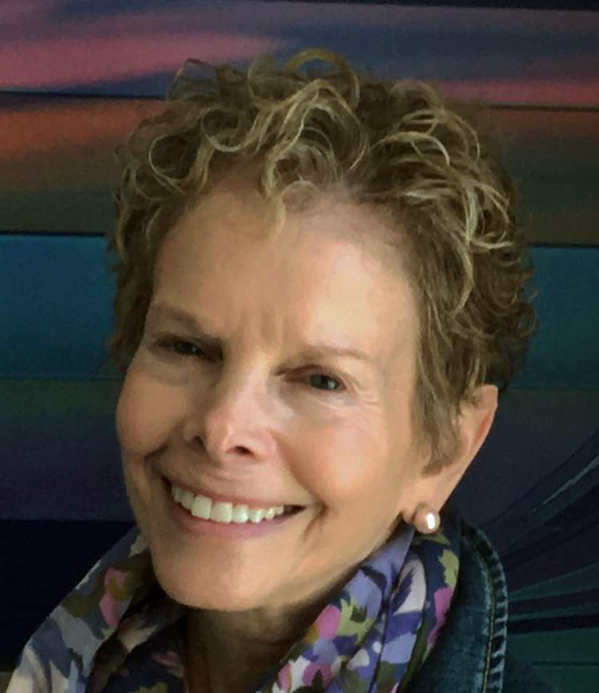
Using contemporary art as a vehicle to enhance the public’s understanding of the facts about climate change.

Ergon Theatre is a Manchester based company that makes performance based work about the climate crisis and futures.
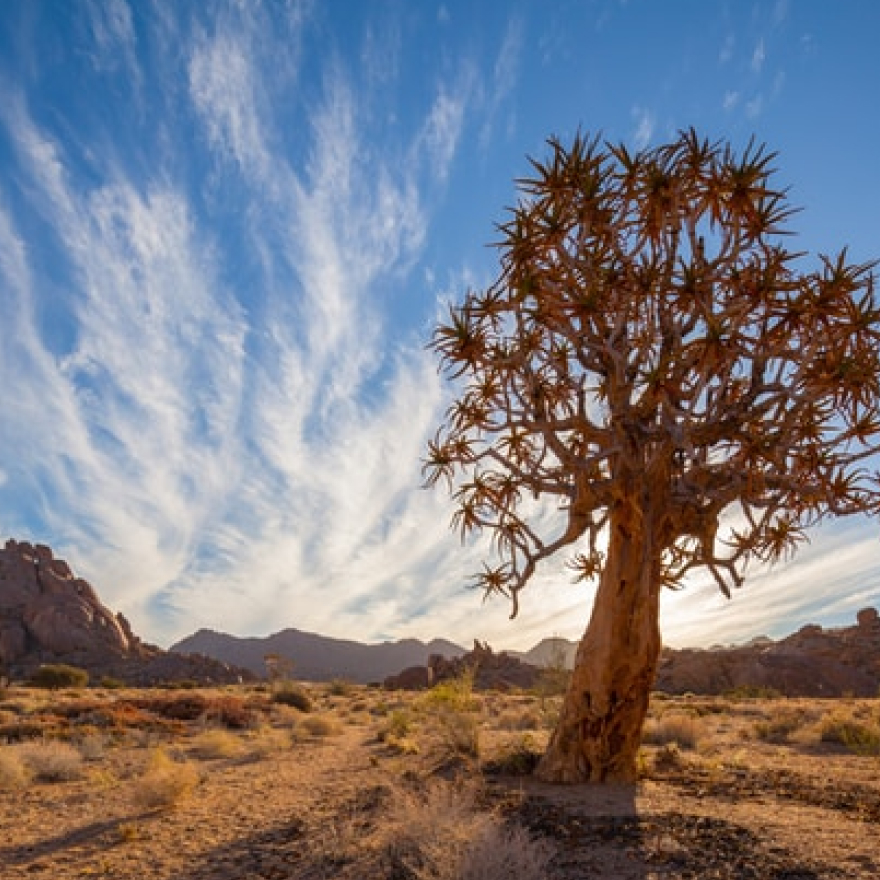
2/3/21
Human-induced climate change, driven by increasing emissions of atmospheric greenhouse gases, remains an ever-increasing issue at the centre of climate science whilst also having implications for society, policymakers and governing-bodies.
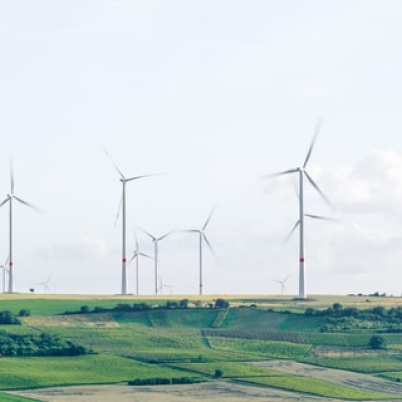
1/3/21
A new law on climate change and the energy transition is about to come to light in Spain, with the aim of limiting global warming to 1.5 degrees and meeting the pledges made by the European Union at the Paris Agreement.
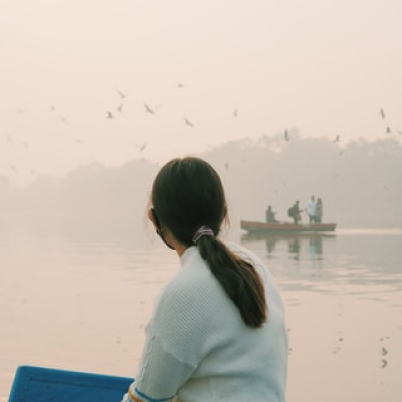
19/1/21
As I drove by the bridge on the river Yamuna, it looked calm, serene, and inviting. However, getting closer, the unmistakable smell of decay greeted me. The banks were full of rubbish and the river was black. The stillness of the calm and serene river turned out to be death.
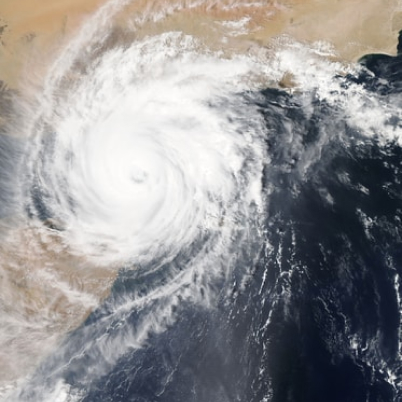
15/6/20
Most of us engage with weather forecasts when we’re trying to plan our weekends, but they can also help us understand and cope with our rapidly changing climate.